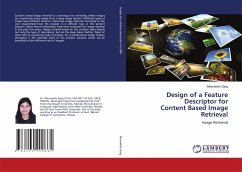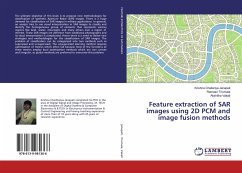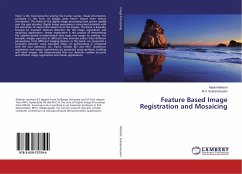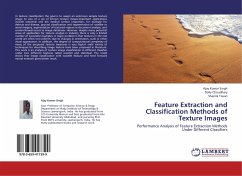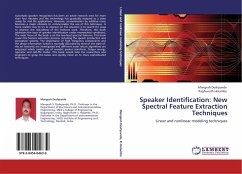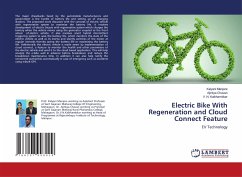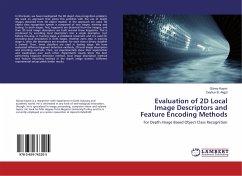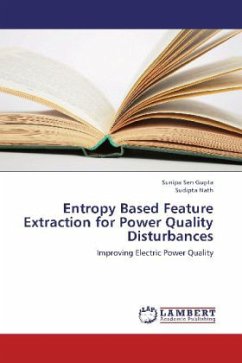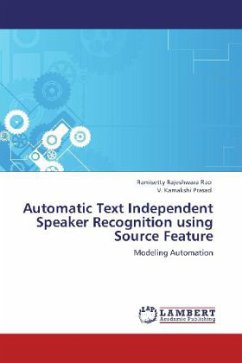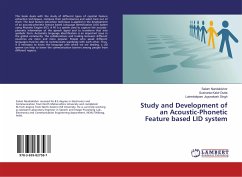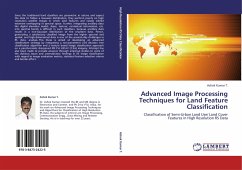
Advanced Image Processing Techniques for Land Feature Classification
Classification of Semi-Urban Land Use/ Land Cover Features in High Resolution RS Data
Versandkostenfrei!
Versandfertig in 6-10 Tagen
52,99 €
inkl. MwSt.

PAYBACK Punkte
26 °P sammeln!
Since the traditional hard classifiers are parametric in nature and expect the data to follow a Gaussian distribution, they perform poorly on high resolution satellite images in which land features and classes exhibit extensive overlapping in spectral space. Further, integrating ancillary data like digital elevation model, slope, texture, contextual information, etc. into spectral bands is difficult in such classifiers, because ancillary data results in a non-Gaussian distribution of the resultant data. Hence, generating a satisfactory classified image from the higher spectral and spatial, and...
Since the traditional hard classifiers are parametric in nature and expect the data to follow a Gaussian distribution, they perform poorly on high resolution satellite images in which land features and classes exhibit extensive overlapping in spectral space. Further, integrating ancillary data like digital elevation model, slope, texture, contextual information, etc. into spectral bands is difficult in such classifiers, because ancillary data results in a non-Gaussian distribution of the resultant data. Hence, generating a satisfactory classified image from the higher spectral and spatial, and high-dimensional data is one of the present-day challenges in RS data analysis. This thesis is aimed at developing an advanced classification strategy by integrating a non-parametric J4.8 decision tree classification algorithm and a texture based image classification approach on a panchromatic sharpened IRS P-6 LISS-IV (2.5m) imagery. Attempt has also been made to provide answers through empirical studies to some of the dubious issues and contradictory findings in RS image classification with regard to image evaluation metrics, statistical feature selection criteria and border-effect.



